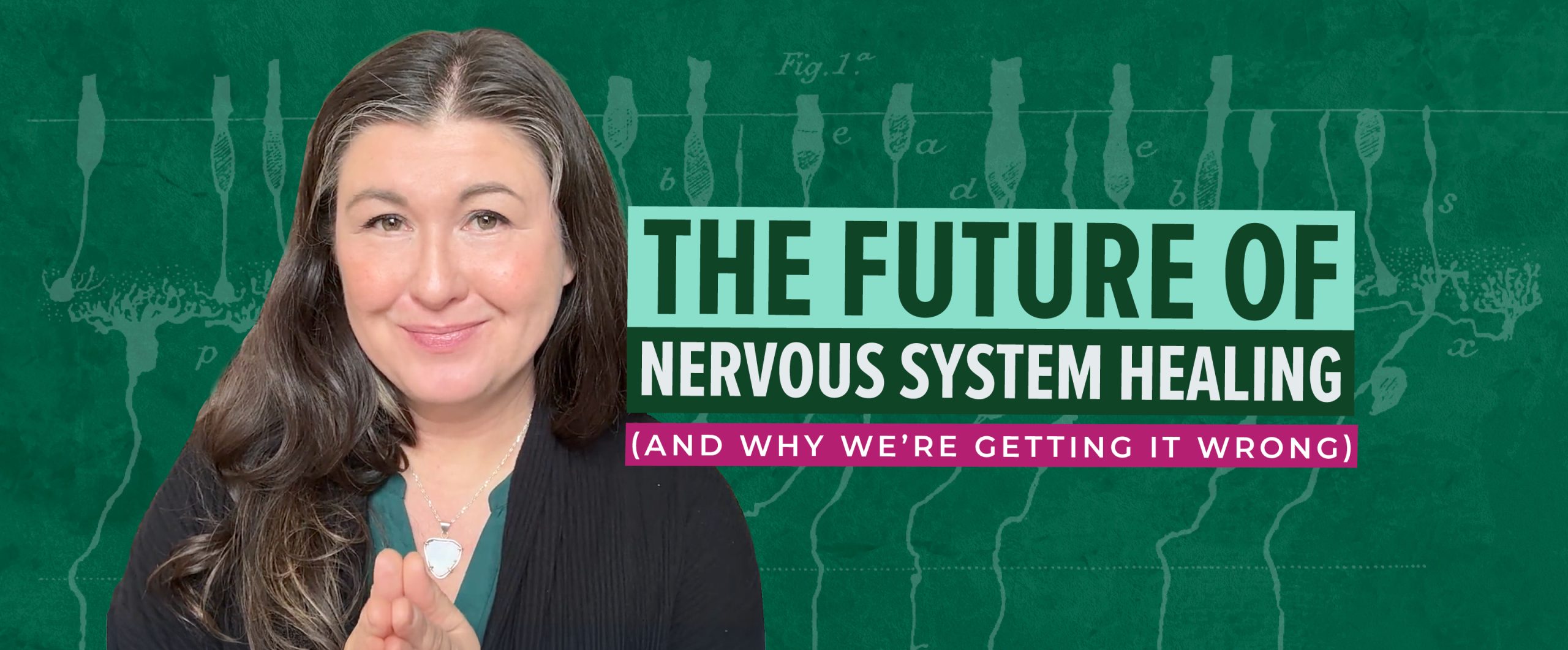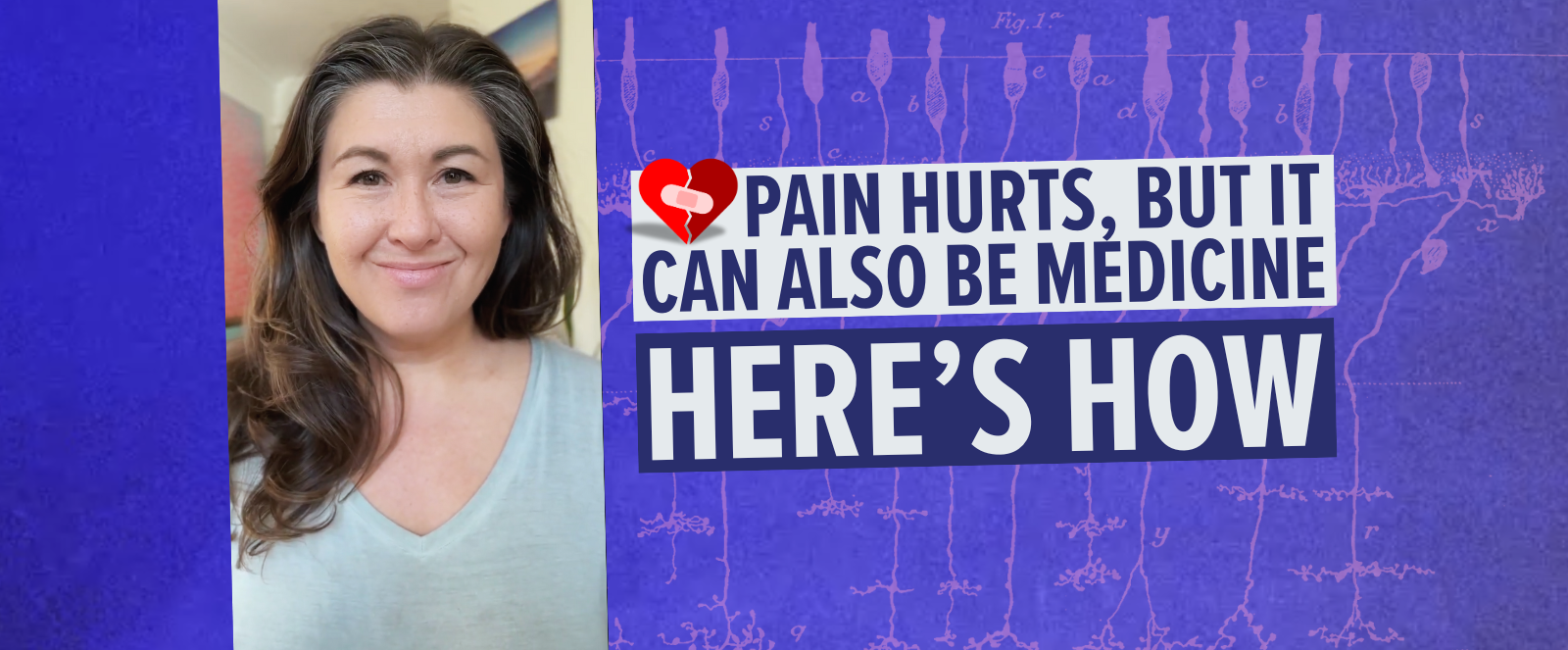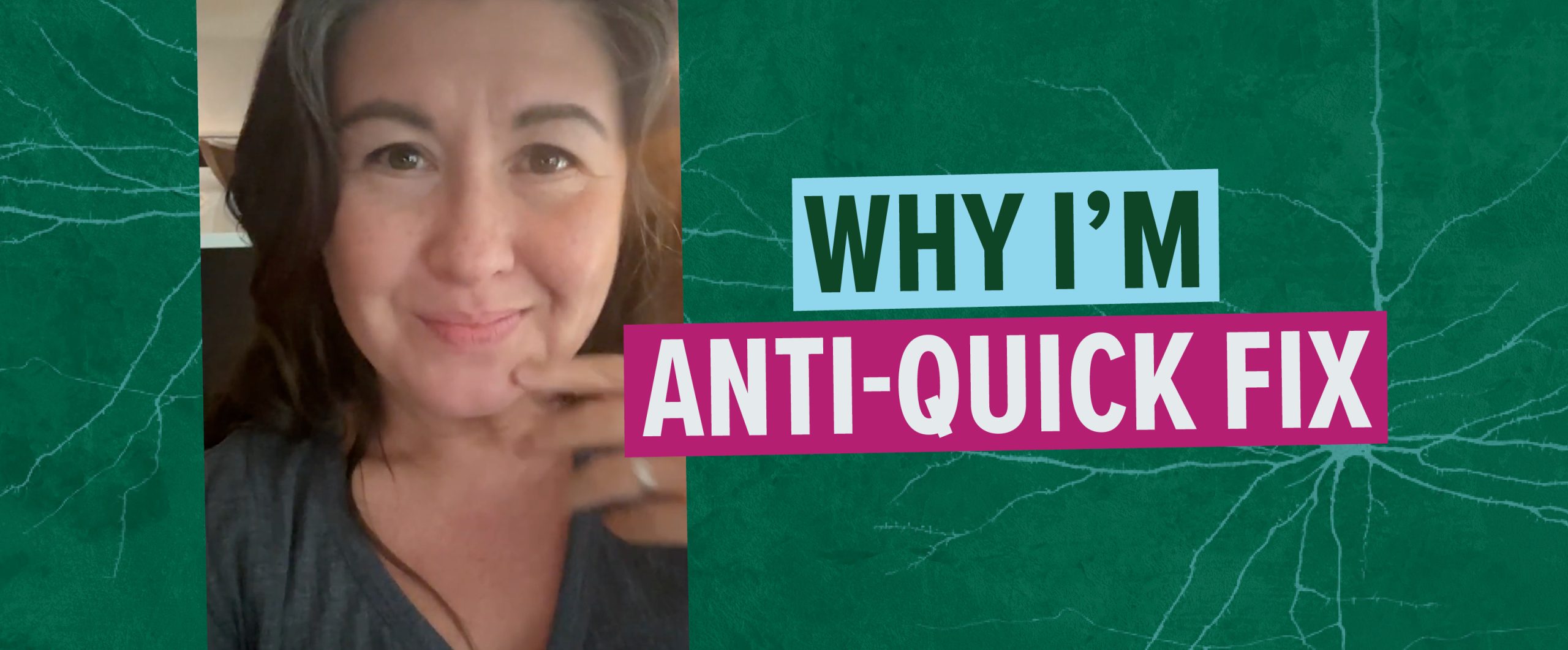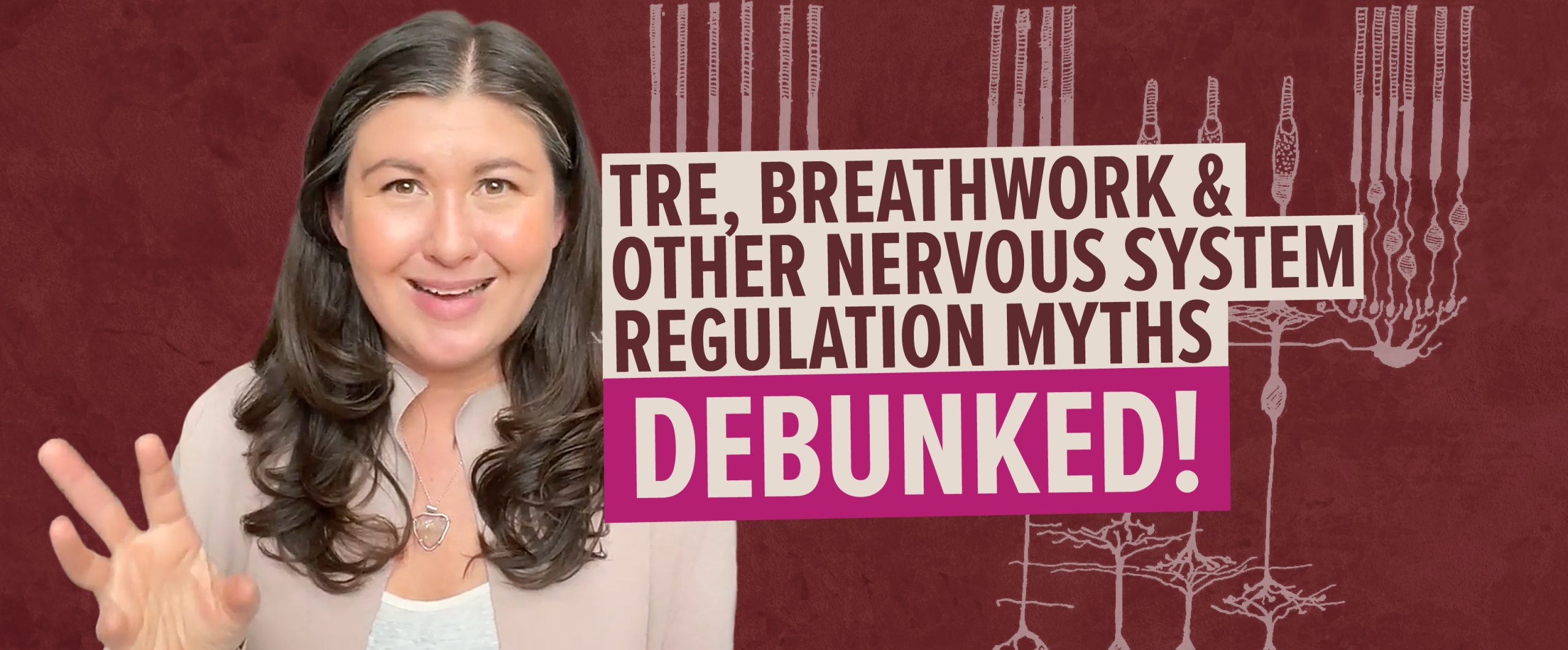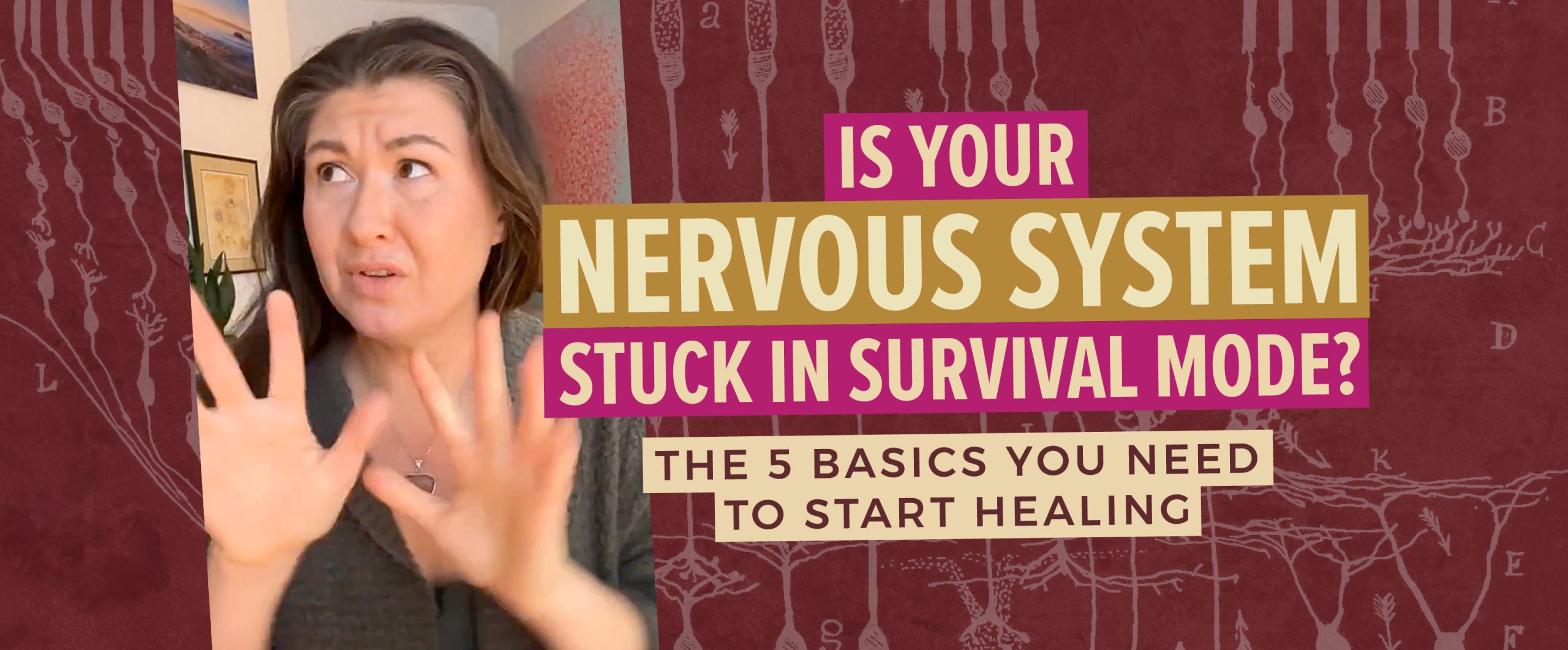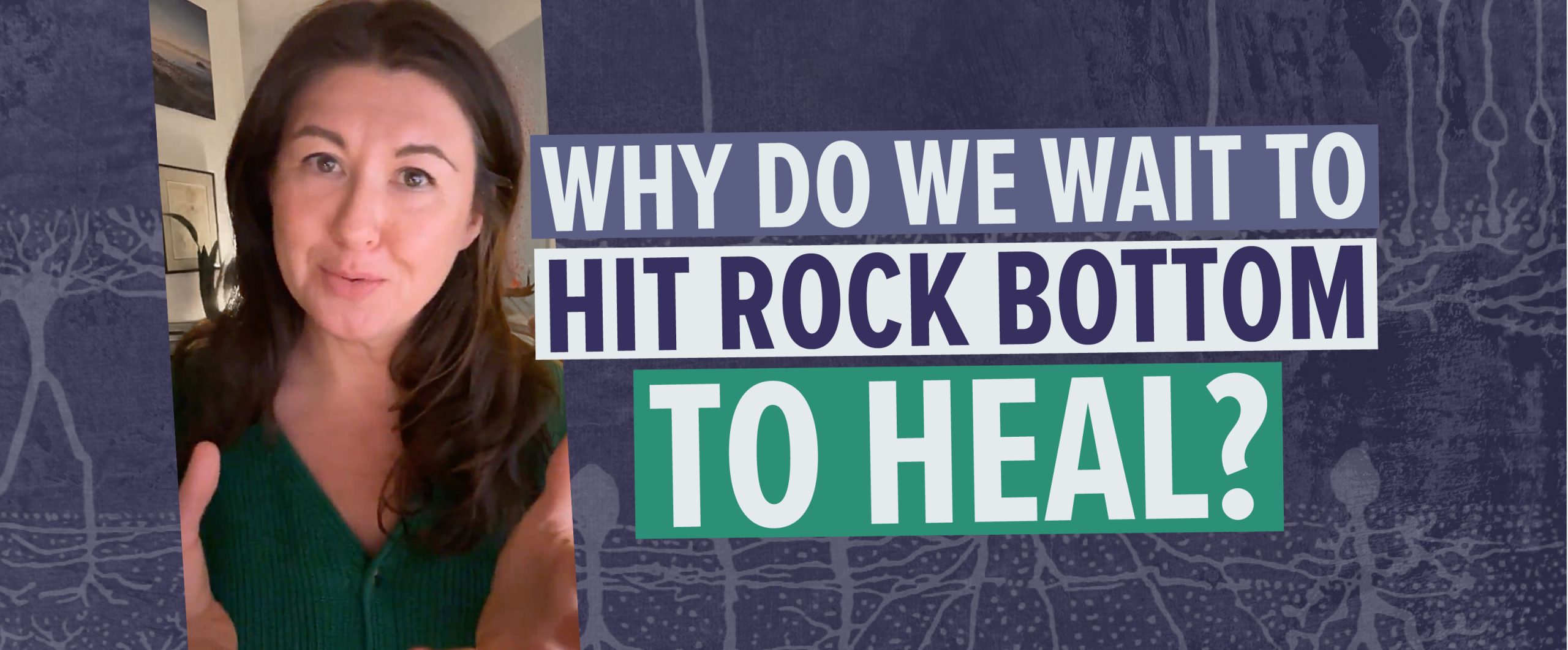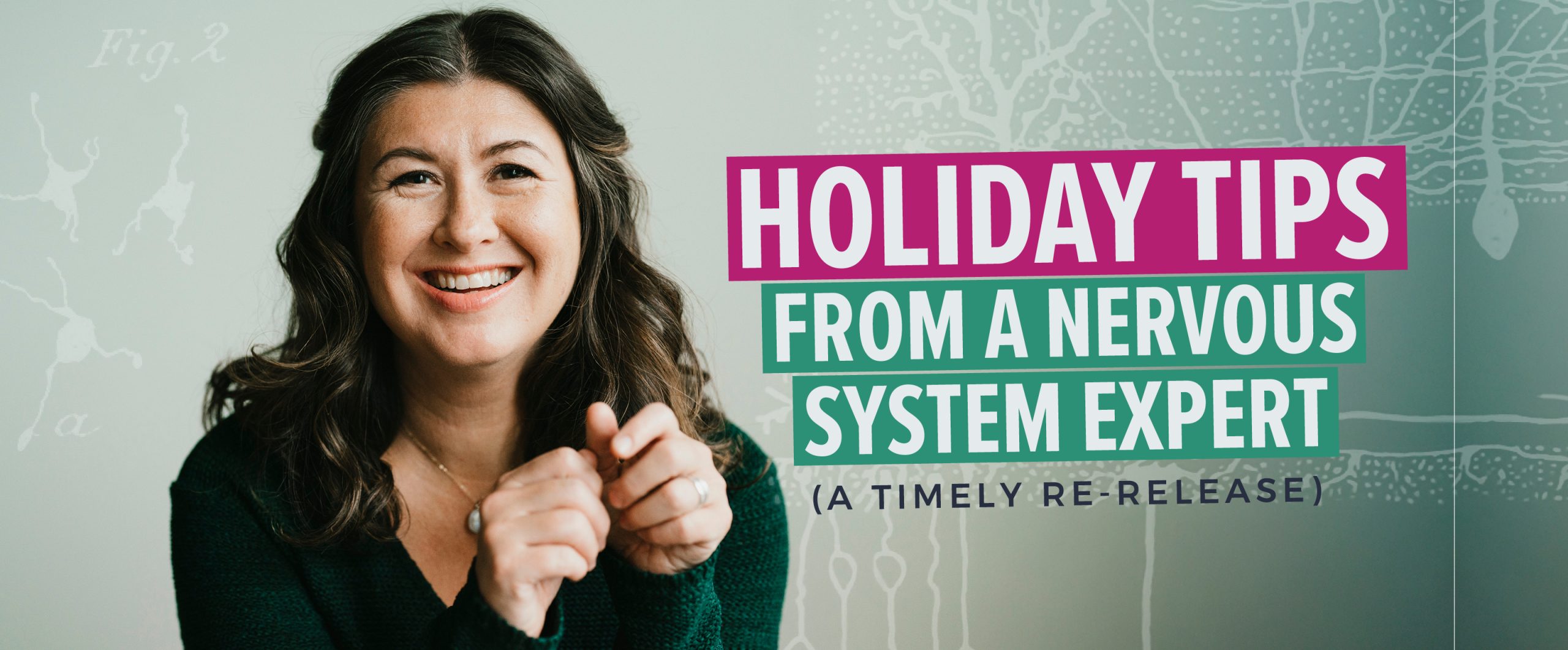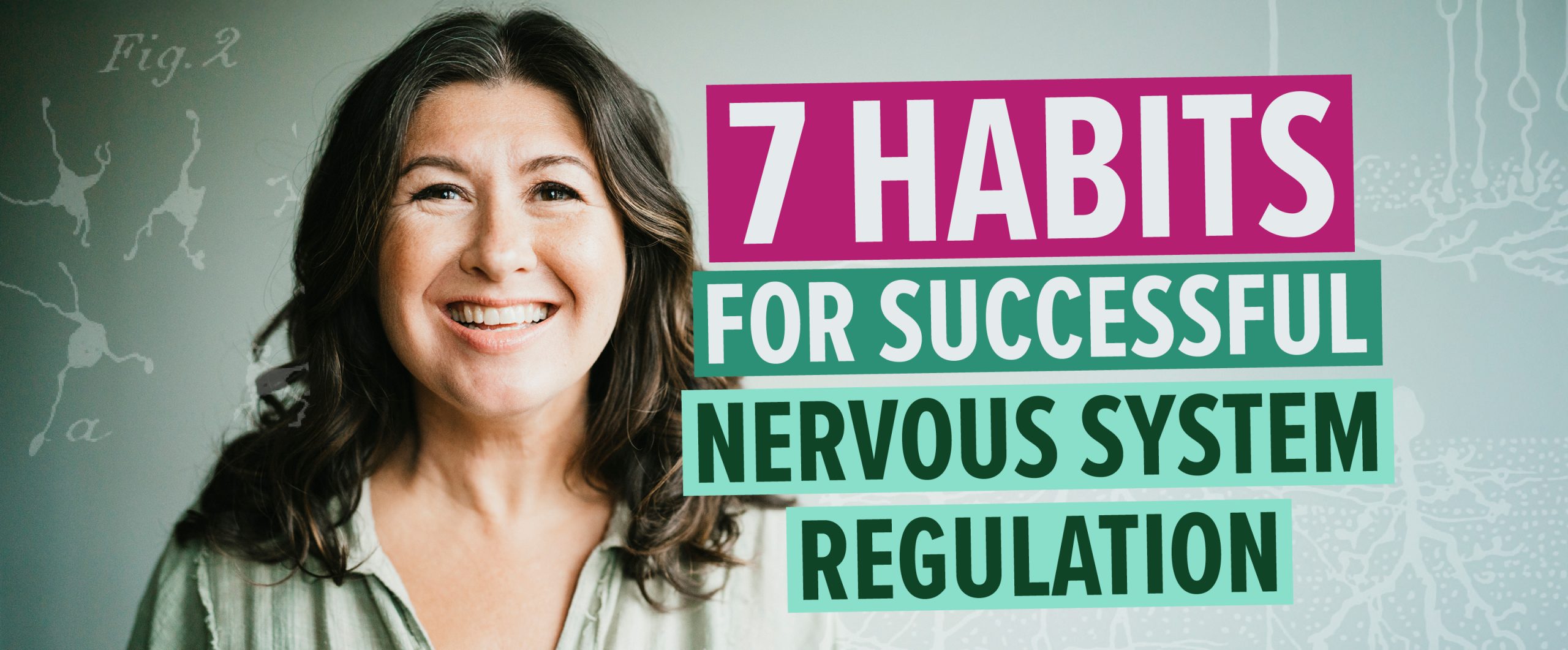Function. Melts. Form.
I LOVE – like so love – those three words in that order. The order is important!
It’s a title from a chapter in a book called, How Buildings Learn, by Stewart Brand. When I read it I couldn’t let that concept go.
What this means is that as the function of as specific artifact changes (in the case of the book I just mentioned, buildings), so do the structures within it.
This is EXACTLY the same when it comes to the body.
When you work at changing things on the level of function, other stuff in that structure, whether it is the entire organism, a bone formation, muscle group, or muscle, has to – and must – change too.
For instance:
- When you start living at higher altitudes (function); slowly, the oxygen carrying capacity of your red bloods cells (form) changes.
- When you start lifting heavier weights at the gym (function); slowly, the muscle tissue (form) changes.
- When you start shifting your dietary regimen (function) to include “good for you fats” – like omega 3’s and good old fashion dairy fat – the cell membrane of your cells (form) changes to better conduct information across the cell membrane.
- When you start changing your posture and how you use your skeleton (function); your body structure (form) changes.
This last example – your posture and skeleton and body structure – can go TWO WAYS in this story of function melting form:
WAY # 1: You use your posture and skeleton – your function – in a very inefficient and poor manner — >
Muscle pain, decreases in movement, muscle wasting, joint degeneration, and, a whole lot of bad body structures (form) that limits your function even more ensue. This can cause premature aging, diminished quality of life, less activity, sedentism (yes that is a word!), frailty, increased chance of mortality, and a whole host of other age-related problems.
Sounds appealing doesn’t it? (insert sarcasm)
Or there is this way…..
WAY # 2: You learn how to use your posture and skeleton – your function – optimally and with efficiency in a way that demands the least amount of effort on the body for the task at hand –>
Optimal muscle mechanics, muscle maintenance or even gain, healthy joints and a whole lot of good body structure (form) that encourages and promotes you to function at your highest capacity ensues.
Which would you rather have?
Most people want WAY #2, but they are completely stuck in the functional reality of Way #1.
They think that quick fixes and dream creams will solve their problems. Sorry darlings, to improve your form for long lasting change, your function must change, and it must change consistently.
When you make your function slant towards the more optimal side of the continuum, the form of optimal……follows!
Trust me on this one, you want optimal right now, because having just “good enough” won’t cut it later on.
I studied this concept extensively while doing my Masters.
Now, I rarely mention my post-graduate education, but here is where it fits in really nicely. The evidence for keeping physical function at its most optimum is staggering when it comes to living successfully into older ages.
Basically, you have to ask yourself this question: Do I want to age “usually” or “successfully”?
If you aren’t sure how to figure out if you are using your function in the most optimal and successful way possible, here is one way to check it out – my post on finding proper posture.
Many who have are glad they did.
Irene.

